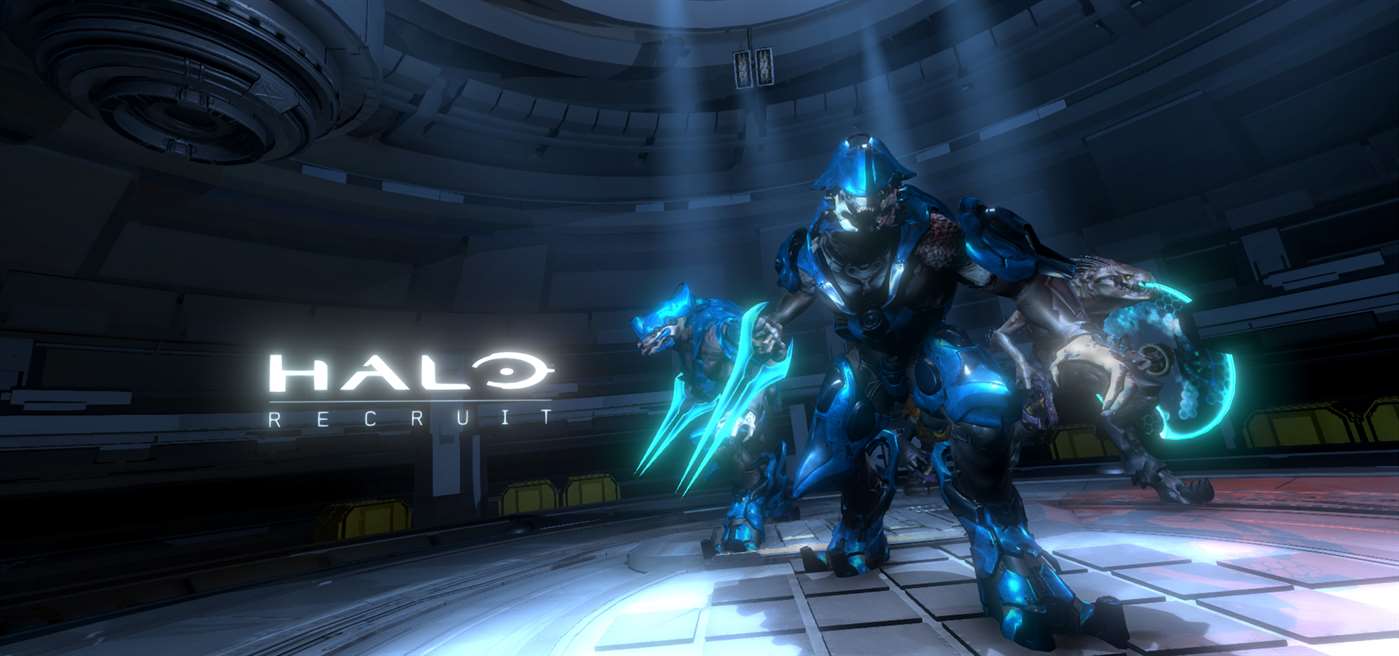

Unconscious bias, also known as implicit bias, is a learned assumption, belief, or attitude that exists in the subconscious. Taking the steps to reduce biases will help you improve inclusivity, trust, and productivity within your company. To help you recognize and combat unconscious bias in the workplace, we cover 19 unconscious bias examples and prevention strategies. It’s especially important to be aware of these biases during the hiring process since they can impact the success of your future team. That being said, these biases can lead to skewed judgments and reinforce stereotypes, doing more harm than good for companies when it comes to recruitment and decision-making. Unconscious biases are mental shortcuts that aid decision-making as the brain processes millions of pieces of information per second. Whether we realize it or not, our unconscious biases influence our professional lives, from the way we think to the way we interact with colleagues.

To combat unconscious bias, learn about different types of biases, how they might surface at work, and how to avoid them so you can build a more inclusive and diverse workplace. While bias is a normal part of human brain function, it can often reinforce stereotypes. Unconscious biases are learned assumptions, beliefs, or attitudes that we aren’t necessarily aware of.


 0 kommentar(er)
0 kommentar(er)
